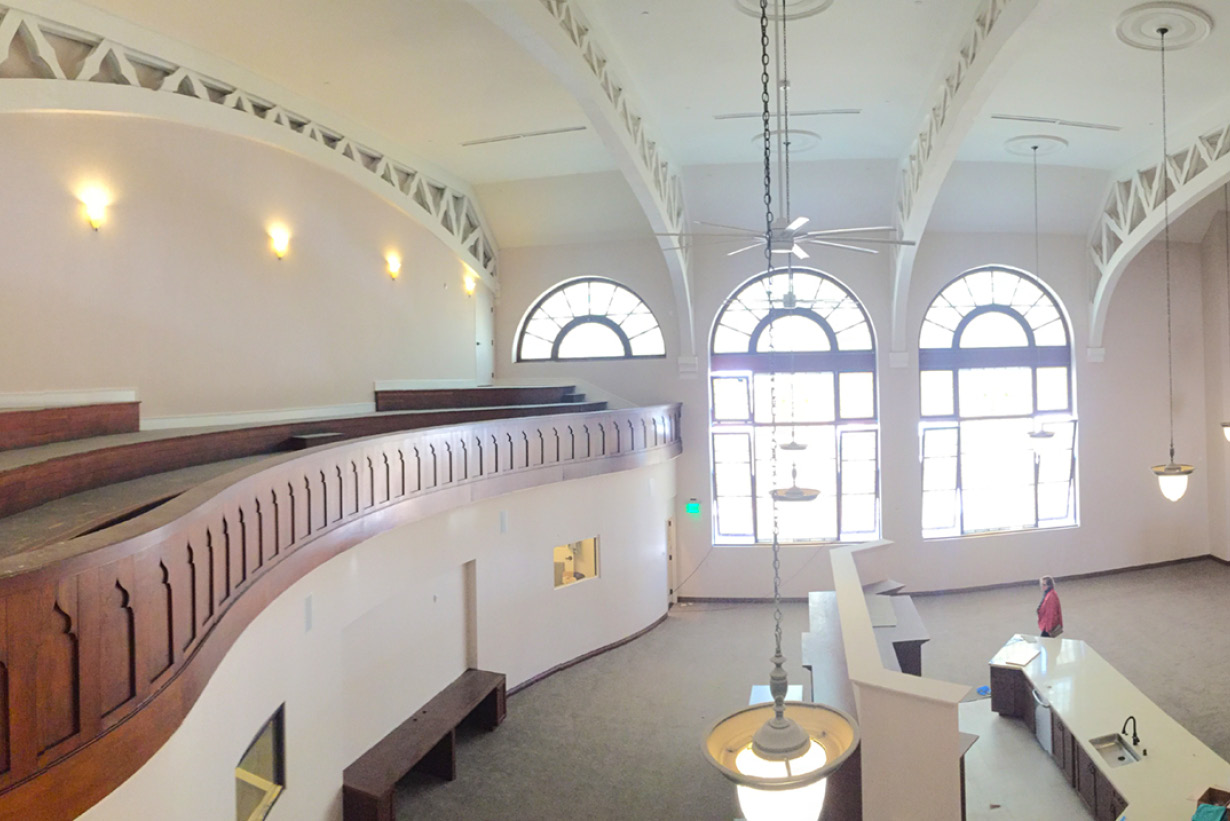Immanuel Church in Long Beach turned into affordable housing.
Beyond the political rhetoric and the well-intentioned workshops calling for more affordable housing persist the difficult challenges of actually trying to get it built. Earnest as its advocates may be, the shortage aggravated by an overheated private market is getting worse, particularly in Los Angeles, according to the latest academic studies.
But in the housing rank and file there are murmurs of hope that present the promise of rare paradigms. Such is the case history of the adaptive reuse of Immanuel Church into 25-units of rental housing for seniors in a leafy section of Long Beach, California.
The recently dedicated project lends a new residential life to a nondescript church originally built in 1923, damaged in an earthquake in 1933, and given a poor alteration in the 1950s. Resisting pressure to sell the all-but-abandoned church, leaders saw its potential as a focal point in the surrounding historic district of 1920s bungalows for much needed senior citizen housing and a social services center. “We had a dream, for the church building and the community,” said its stalwart former minister, Dr. Jane Galloway.
The concept also appealed to Thomas Safran, whose eponymous development company, Thomas Safran & Associates, has pursued affordable housing projects for nearly 40 years.
The rehabilitation has taken 10 years to process from concept to approvals to construction, with a projected cost of only $12 million. Persevering in partnership with Safran has been Killefer Flammang Architects. “The reuse has been a challenge,” said Wade Killefer. Nevertheless, the firm hung tough, fashioning a design that saved the sanctuary for community uses while ringing the three-story space with a variety of one-bedroom apartments.
What delayed the project for several years was a parking requirement of just 13 cars, which was eventually satisfied by the purchase of an adjoining historic house, which was then relocated to a nearby vacant lot. “To keep these projects moving you have to be flexible,” said Safran.

